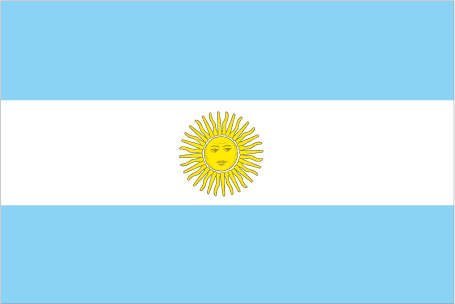
In 1816, the United Provinces of the Rio Plata declared their independence from Spain. After Bolivia, Paraguay, and Uruguay went their separate ways, the area that remained became Argentina. The country's population and culture were heavily shaped by immigrants from throughout Europe, with Italy and Spain providing the largest percentage of newcomers from 1860 to 1930. Up until about the mid-20th century, much of Argentina's history was dominated by periods of internal political conflict between Federalists and Unitarians and between civilian and military factions. After World War II, an era of Peronist populism and direct and indirect military interference in subsequent governments was followed by a military junta that took power in 1976. Democracy returned in 1983 after a failed bid to seize the Falkland Islands (Islas Malvinas) by force, and has persisted despite numerous challenges, the most formidable of which was a severe economic crisis in 2001-02 that led to violent public protests and the successive resignations of several presidents. In January 2013, Argentina assumed a nonpermanent seat on the UN Security Council for the 2013-14 term.
fertile plains of the pampas, lead, zinc, tin, copper, iron ore, manganese, petroleum, uranium
arable land: 13.68%
permanent crops: 0.36%
other: 85.96% (2011)
43,024,374 (July 2014 est.)
country comparison to the world: 33
white (mostly Spanish and Italian) 97%, mestizo (mixed white and Amerindian ancestry), Amerindian, or other non-white groups 3%
nominally Roman Catholic 92% (less than 20% practicing), Protestant 2%, Jewish 2%, other 4%
Spanish (official), Italian, English, German, French, indigenous (Mapudungun, Quechua)
definition: age 10 and over can read and write
total population: 97.9%
male: 97.8%
female: 97.9% (2011 est.)
Buenos Aires
republic
9 July 1816 (from Spain)
Revolution Day, 25 May (1810)